Which is the better buy between Surface Book 3 vs XPS 13?
4 min. read
Updated on
Read our disclosure page to find out how can you help Windows Report sustain the editorial team. Read more
Key notes
- Both the Surface Book 3 and XPS 13 (2020) have 10th gen Intel Core processors.
- Surface Book 3 starts at $1599, while XPS 13 starts at 1,999.99.
- Curious to read more laptop-related buying guides and reviews? Check out our Laptops section to explore the subject further.
- Don't forget to visit our dedicated Microsoft Surface hub to discover more!
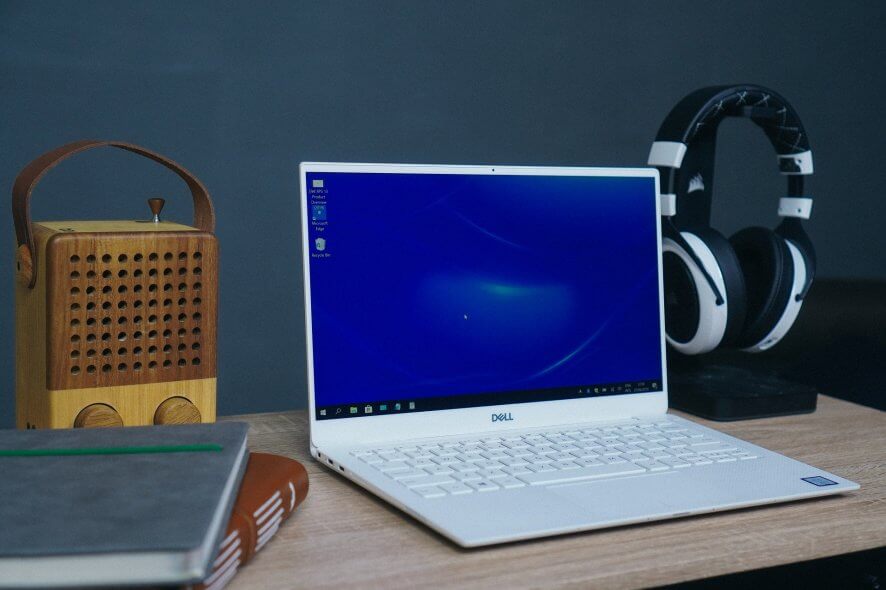
A Surface Book 3 vs XPS 13 (2020) comparison is not one of the most straightforward to do when processing power is your sole differentiator. The two laptops come with 10th generation Intel Core processors, and some of their variants have superior RAM capacities.
But their capabilities for things like gaming or graphics processing are not exactly the same. These are some of the factors to consider, along with your budget and features like display resolution, versatility, and connectivity.
Surface Book 3 vs XPS 13 review
Surface Book 3
Surface Book 3 is arguably the most advanced laptop that Microsoft has designed, developed, and launched so far. It is a 2-in-1 form factor meant to serve as both a laptop and tablet. It has better processing specs than its predecessor.
Surface Book 3 13.5” comes with either an Intel Core i5 103G7 or Intel Core i7 1065G7 processor. The 15” variant has an Intel Core i7 1065G7 chip.
The device offers two options for battery life. The smaller model (in terms of screen size), supports typical operations for up to 15.5 hours. The larger one offers up to 17.5 hours of usage.
Microsoft designed Surface Book 3, especially the 15-inch version, with gaming in mind. The 13-inch, Core i5 model comes with Intel Iris Graphics, while the Core i7 version of the same size features an NVIDIA GeForce GTX 1650 GPU.
On the other hand, the 15” model is compatible with an NVIDIA GeForce GTX 1660 Ti GPU.
All Surface Book 3 laptop models use PixelSense display technology. Regarding screen resolution, the versions with a smaller screen size support 3000 x 2000 (267 PPI), while the larger variant boasts 3240 x 2160, (260 PPI).
These devices can work with up to 32GB RAM. They come with several solid-state drive (SSD) options, which max out at 2TB PCIe SSD.
The Surface Books start $1599, with the price going up depending on the model and the specs you get.
Comparing with Dell XPS 13 (2020)
Dell XPS 13 9300 is a force to reckon with too, thanks to its processing power. The cheapest model, which retails at $1999.99, has a 10th generation Intel Core i5 chip.
The most expensive XPS 13 ($2,149.99) comes with a 10th gen Intel Core i7 chip, though. Its processing power compares favorably with the 15-inch Surface Book 3. Also, the model comes with 32GB RAM, which also stacks up well against the most advanced Surface Book 3.
XPS 13 and Surface Book are 2-in-1 devices, so both a versatile for use as traditional laptops and tablets. The only difference in this aspect of their design is that the Microsoft device has a detachable keyboard.
Just like one variant of the 13.5-inch Surface Book, XPS 13 has an integrated Intel Iris Plus GPU. The main shortcoming of such a GPU is that it gets its RAM from system memory. The sharing can compromise the performance of your games as well as other PC applications.
The other Surface Book 3 variants use discrete GPUs that do not depend on CPU memory to support video or graphics-hungry applications. Reasonably, you would expect the laptops to perform a little better than the XPS 13 when playing more demanding games.
Likewise, theseMicrosoft laptops come with better options for SSD storage. The most advanced of the Surface Books supports up to 2TB, while the XPS 13 will max out at 1TB. The former would be an ideal choice for applications that store larger files, including videos.
Display-wise, XPS 13 has a 13.4” screen, and the most expensive model has a 3840 x 2400 resolution. That is certainly superior to the 260 PPI 15-inch Surface Book. It also boasts a longer battery life (up to about 18 hours in typical device usage).
| Specifications | Surface Book 3 | Dell XPS 13 |
|---|---|---|
| Processor options | Intel Core i7 Intel Core i5 | Intel Core i7 Intel Core i5 |
| Display size options | 15" 13.5" | 13.4" |
| Resolution | 13.5” screen: 3000 x 2000 (267 PPI) 15" screen: 3240 x 2160, (260 PPI) | 1920 x 1200 3840 x 2400 |
| GPU options | Intel Iris Plus Graphics Discrete NVIDIA GeForce GTX with Max-Q tech | Integrated Intel Iris Plus Graphics |
| RAM options | 8GB, 16GB, or 32GB | 8GB, 16GB, or 32GB |
| Storage options | 256GB, 512GB, 1TB, or 2TB PCIe SSD | 256GB or 1TB PCIe SSD |
Wrapping up: Surface Book 3 offers superior performance-related specs
Surface Book 3 and XPS 13 have a fair share of hardware similarities, especially microchip power and RAM. Both are two-in-ones, but they are not necessarily the same. When you take into account SSD storage and GPU, Surface Book 3 trumps XPS 13. As for cost, XPS 13 starts at a slightly higher price than the Surface Book 3 with lowest specs.
Have you used one the latest XPS 13 or Surface Book yet? Feel free to share your experience or questions in the comments section below.
[wl_navigator]
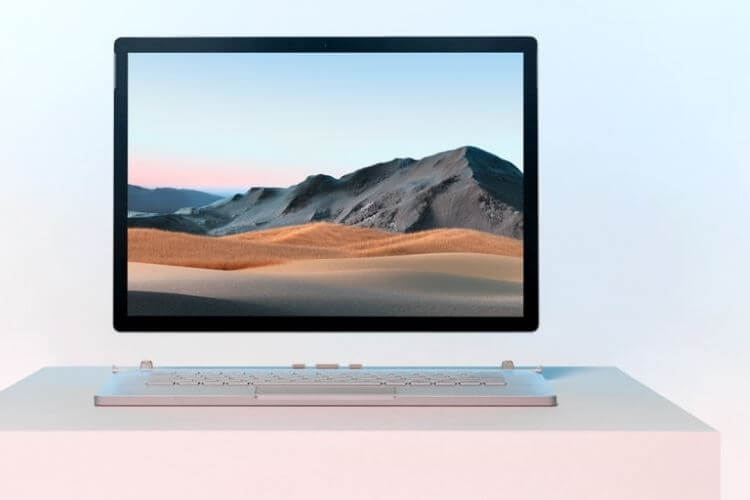
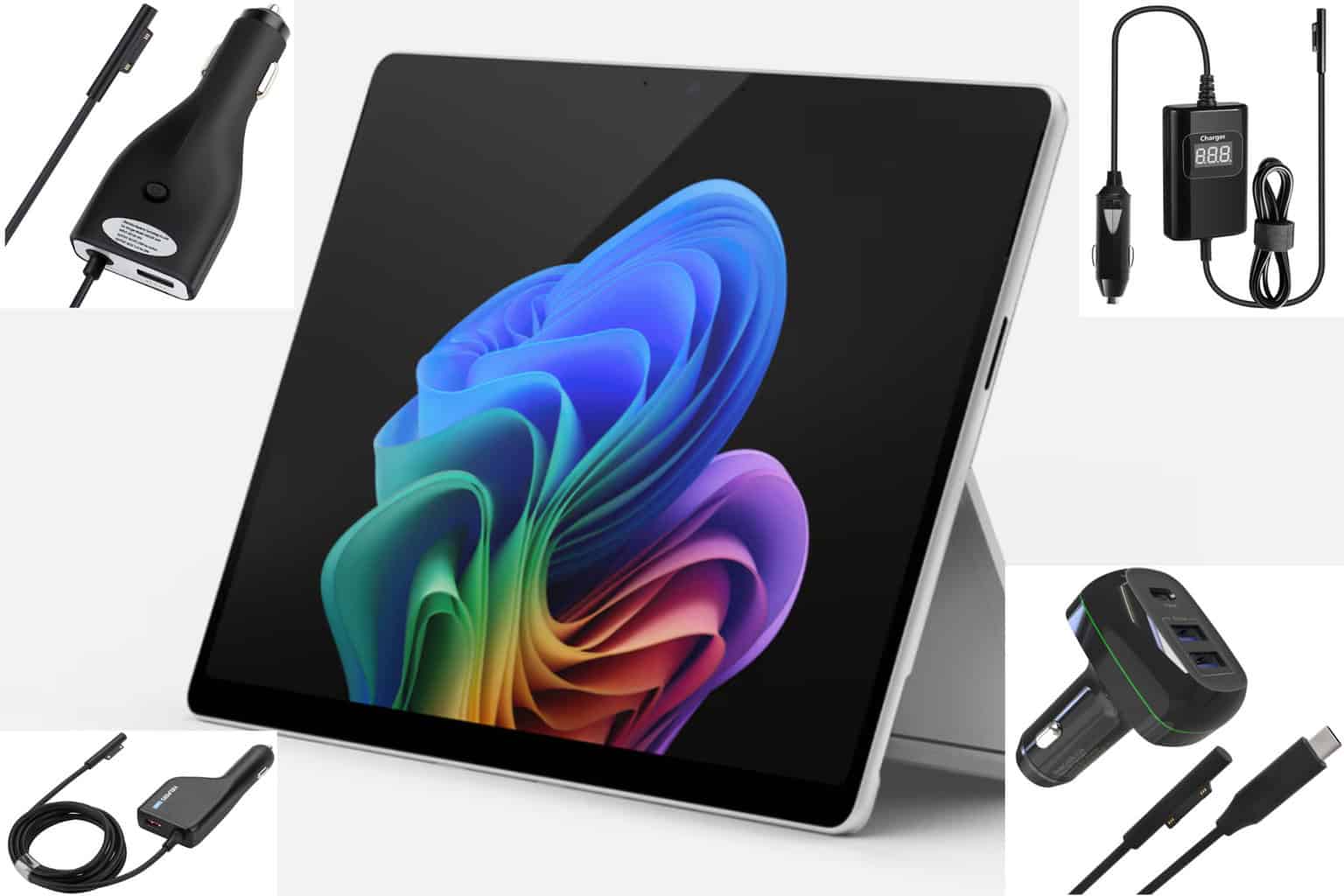
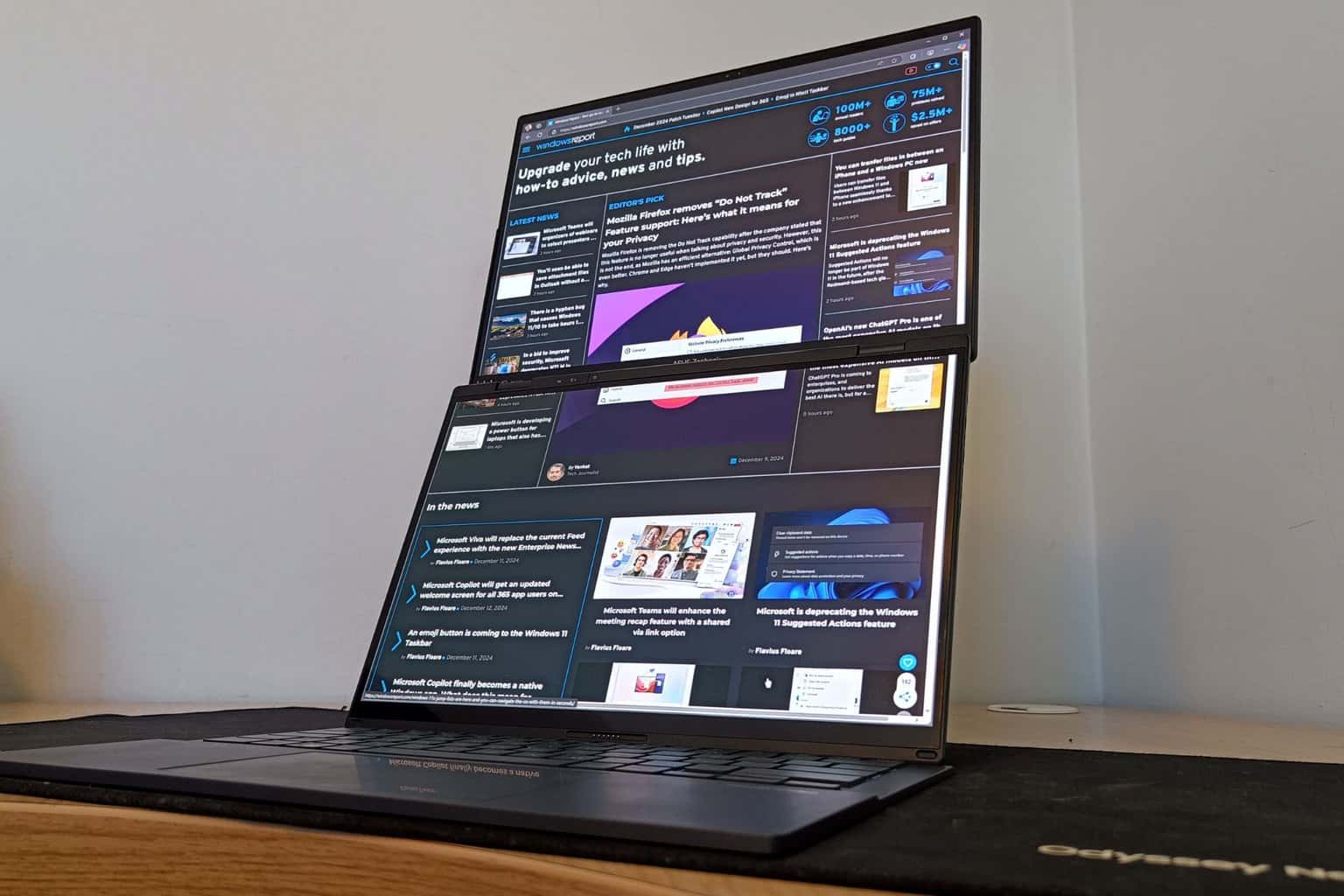
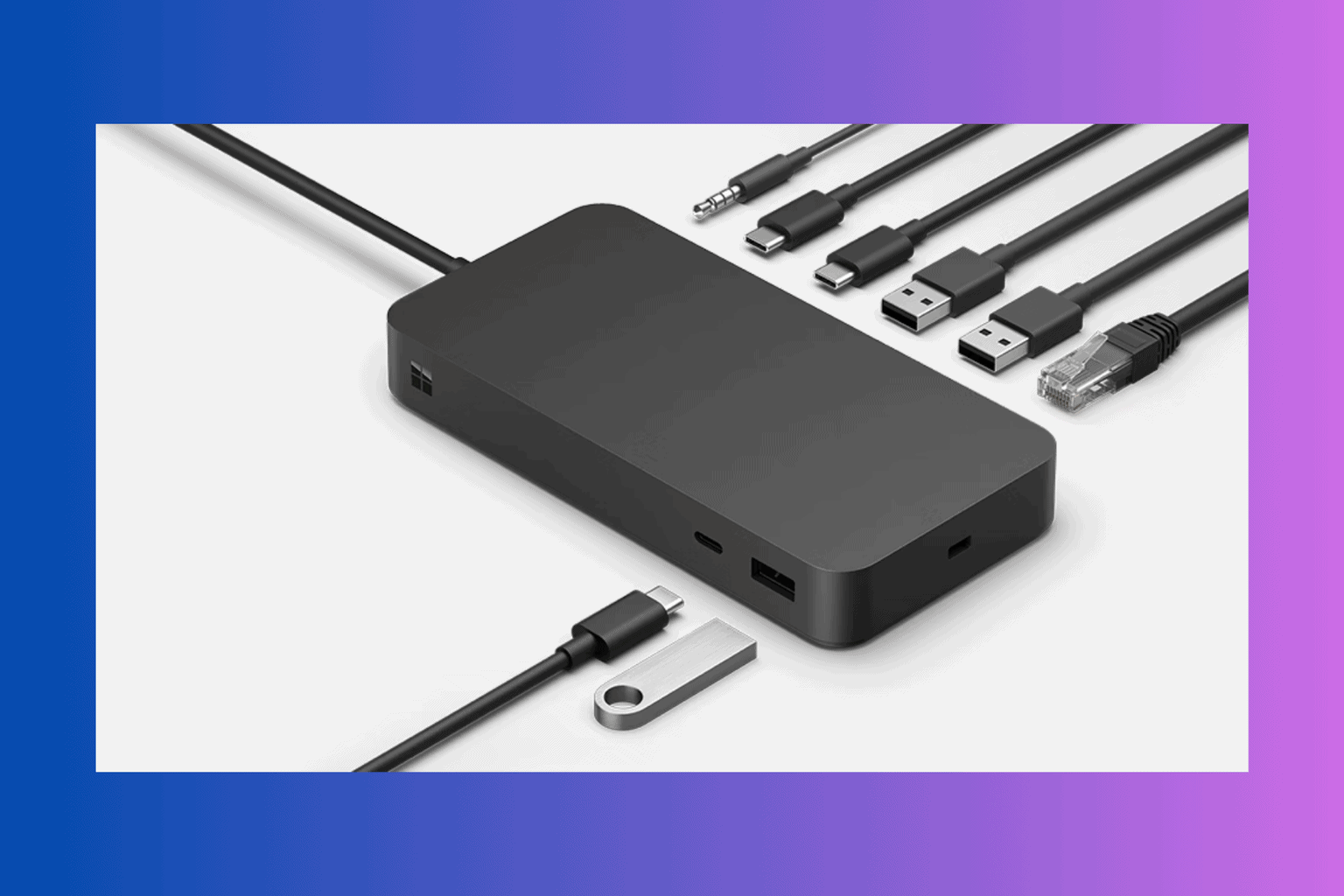
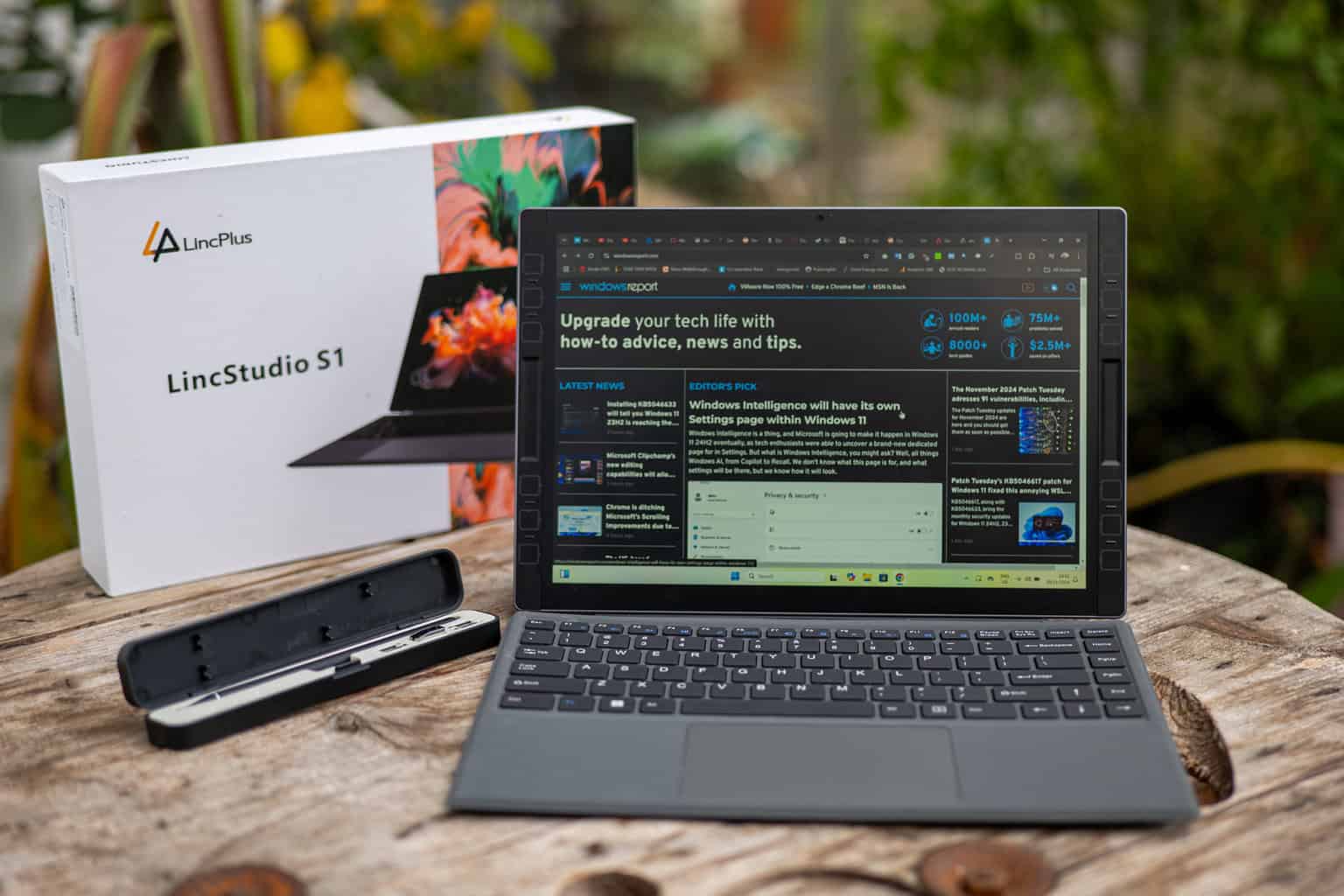

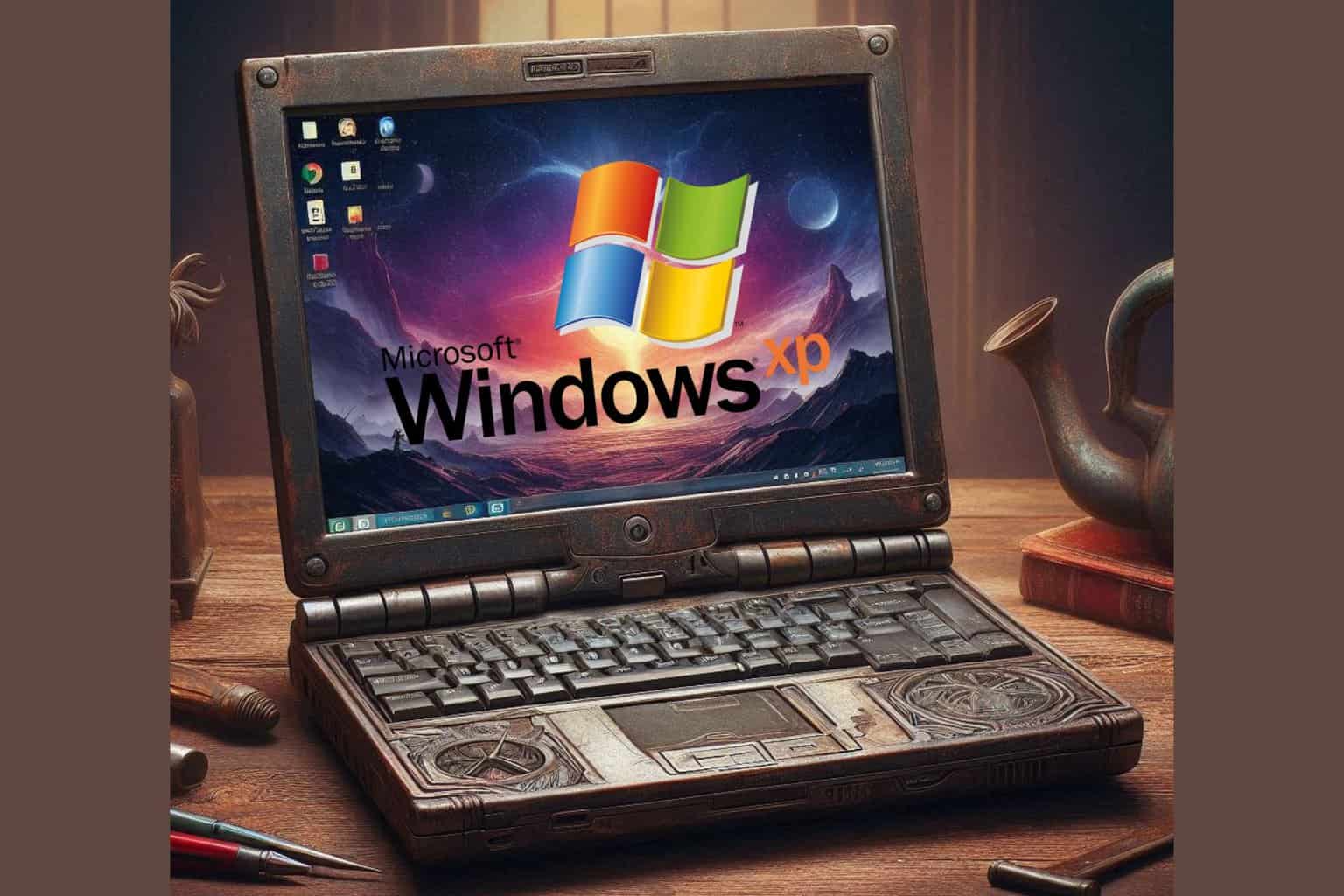
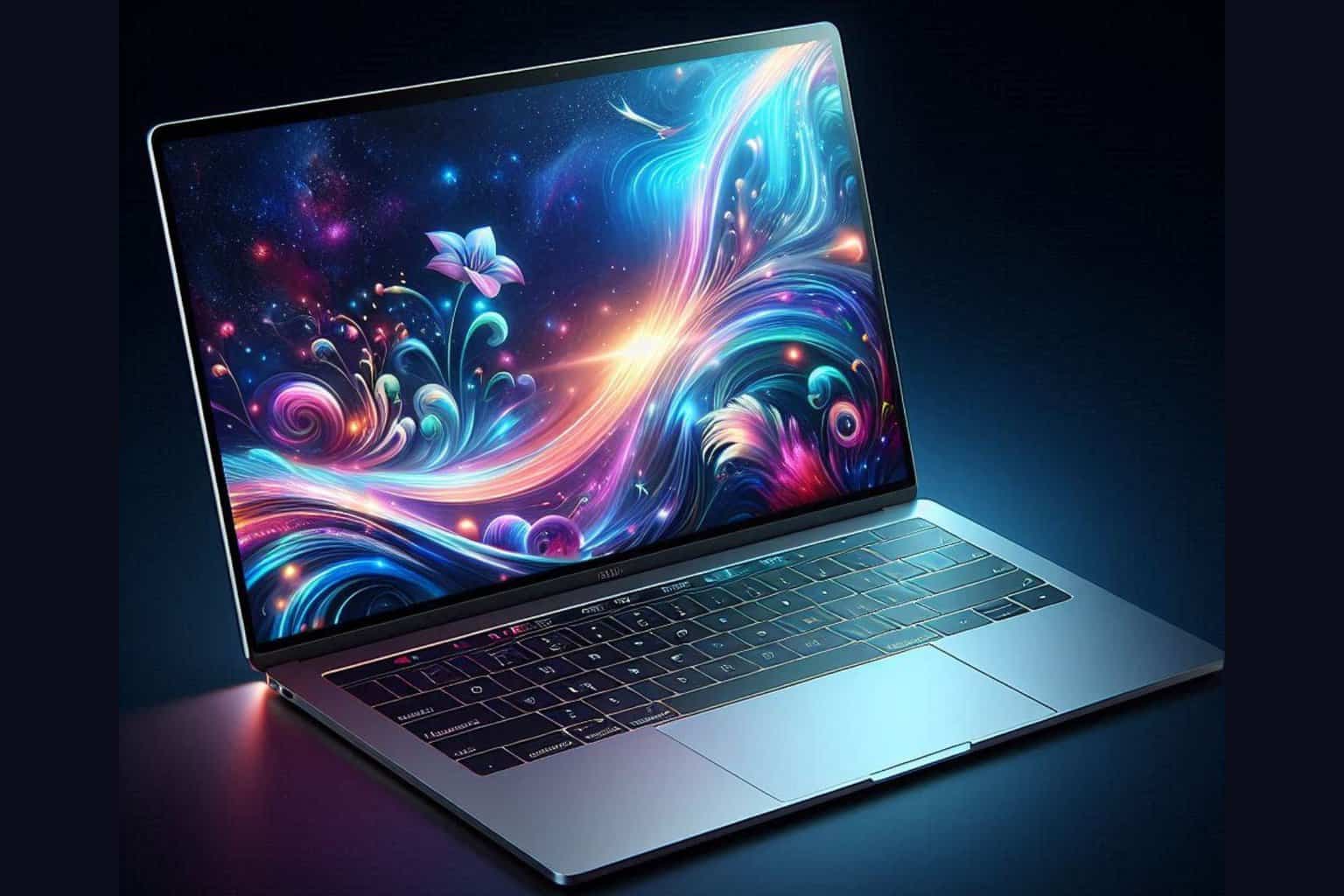

User forum
0 messages